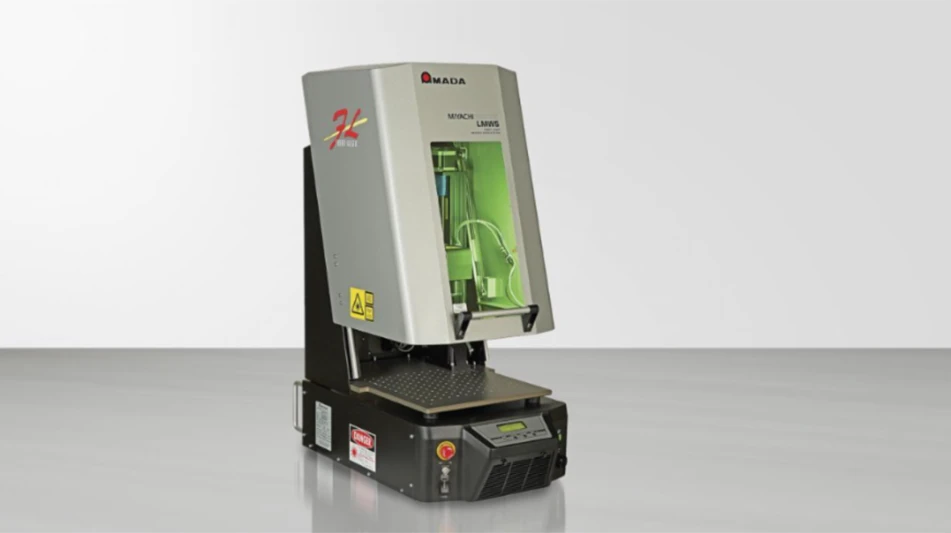Due to current budget pressures, many aerospace and defense (A&D) companies are dismissing improvements to their information technology (IT) infrastructure as unnecessary expenses that can be delayed. Fears concerning the unknown resolution of budget questions, volatile market conditions, increased customer expectations, pressures to speed innovation and control costs, strict regulation compliance, changing business models, and global competition are all stirring sentiments of uncertainty.
This environment is exactly why delays in IT investment are near-sighted. Investing in improvements to processes, business intelligence, project management, cost controls, streamlined workflows, and faster innovation are all critical to survival. Replacing the web of disparate, patched legacy systems currently in place is the best way to become more competitive. A company that is willing to invest in taking processes to the next operational level identifies itself as a business leader.
Historically, the implementations of enterprise resource planning (ERP) solutions and other commercially off-the-shelf (COTS) packages have not been an overwhelming success in the A&D industry. Early adopters often settled for generic solutions. Now there is room for improvement and the opportunity to surpass competitors who never bothered to upgrade or embrace the newest technologies.
Forward-thinking companies that have re-engineered their enterprise to take advantage of new-generation technology – such as contextual decision-making tools, embedded business vault analytics, and role-based dashboards – now boast of significant business improvement. Many large A&D contractors credit their recent growth to their IT investment strategy. It has allowed them to manage multiple, complex projects with greater ease, allowing personnel to focus on strategic issues, innovation, and problem solving – rather than the routine management of financial reports and daily scheduling tasks.
In the past, costly internal and external resources were consumed in the acceptance of new business processes for existing programs and the migration of data to support those programs. Today’s technology and the capabilities of modern ERP solutions allow for the data of inactive programs to be viewed and shared without actually migrating that data to the ERP transactional system, simplifying the effort to implement a new enterprise solution.
Infor has recently undertaken a number of ERP projects with some of the world’s largest A&D contractors. The data migration effort still requires considerable thought and effort to ensure the integrity of the data and for the ERP system to operate properly. As part of the new flexible approach to ERP architecture, several Infor customers utilize external modules to store historical data – allowing it to be accessed, mined, and analyzed using Infor’s business intelligence (BI) and reporting tools – but not impeding implementation of the new system.
This flexibility of today’s next-generation ERP solutions is just one of the reasons A&D contractors should look past the short-term issues of budget constraints and prepare for the new demands on their IT infrastructure. Now is the appropriate time to lay the groundwork for future expectations and needs: mobile solutions, collaboration tools, social media, project management, anticipating customer demands, and being proactive to changing supply and market conditions. A&D contractors need to invest in IT projects that will increase the operational velocity of the enterprise, speed processes, and improve operational excellence. Implementing modern information system technology now will reduce total IT costs in the future and ensure a company’s place as a front-line competitor when the budget cuts are a historical footnote. Then, the A&D companies that invested in the technology will be poised to make dramatic gains in market share and profit growth.
About the author: Edward Talerico is the aerospace and defense strategy director at Infor and can be reached at edward.talerico@infor.com
Get curated news on YOUR industry.
Enter your email to receive our newsletters.
Explore the August September 2013 Issue
Check out more from this issue and find your next story to read.
Latest from Aerospace Manufacturing and Design
- GE Aerospace secures Air Force engine contract
- Thomson Industries' online sizing and selection tool
- #53 - Manufacturing Matters - 2024 Leaders in Manufacturing Roundtable
- Join us for insights on one of the hottest topics in manufacturing!
- You can still register for March’s Manufacturing Lunch + Learn!
- Ohio creates Youngstown Innovation Hub for Aerospace and Defense
- Tormach’s Chip Conveyor Kit for the 1500MX CNC Mill
- How to Reduce First Article Inspection Creation Time by 70% to 90% with DISCUS Software








